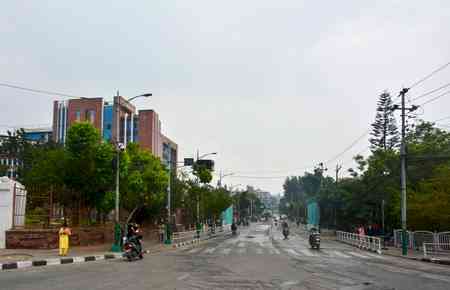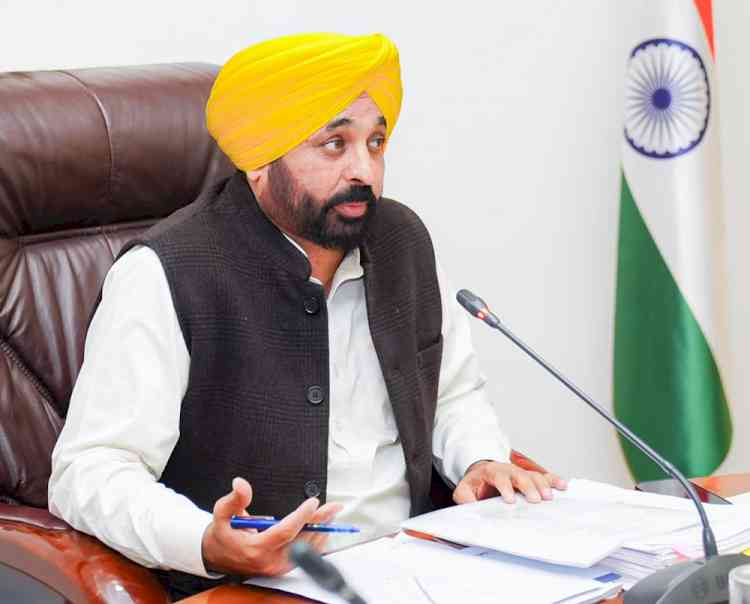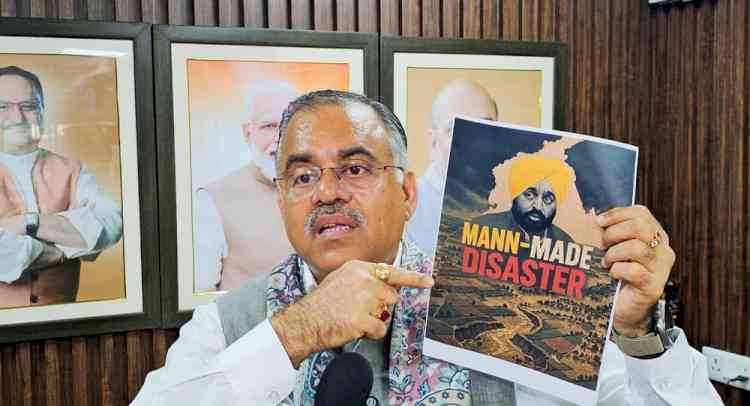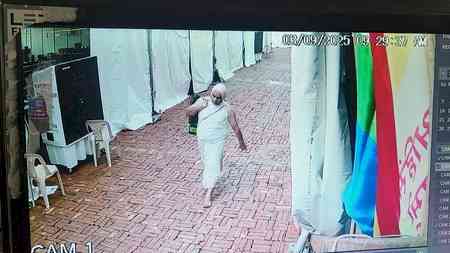Minister replies to MP Arora; Lower Temperature & Calm Winds main factors for pollution in NCR
During, post-monsoon and winter months, various factors including lower temperature, lower mixing heights, inversion conditions and calm winds lead to trapping of the pollutants in the atmosphere resulting in high pollution in the NCR. Therefore, deterioration of 'Air Quality Index’ is observed in Delhi NCR region during winter months.

Ludhiana, December 26, 2023: During, post-monsoon and winter months, various factors including lower temperature, lower mixing heights, inversion conditions and calm winds lead to trapping of the pollutants in the atmosphere resulting in high pollution in the NCR. Therefore, deterioration of 'Air Quality Index’ is observed in Delhi NCR region during winter months.
This has been revealed by the Union Minister of State for Environment, Forest and Climate Change Ashwini Kumar Choubey in reply to a question about balancing environmental protection and economic activity in the NCR asked by MP (Rajya Sabha) from Ludhiana Sanjeev Arora in the recently concluded winter session of Rajya Sabha.
Arora, among other things, had asked whether the National Capital Region (NCR) experiences severe air pollution during winter months, leading to a halt in various activities, including construction. He had also asked whether it is a fact that, while construction activities contribute to pollution, a complete shutdown can adversely affect daily wage labourers.
In his reply, the Minister further mentioned that to address the deterioration of air quality, actions under ‘Graded Response Action Plan' (GRAP) are also imposed based on AQI. The GRAP is an emergency measure and provides a specific set of actions depending on air pollution levels, which are to be implemented by identified agencies for combating the adverse air quality, particularly during high air pollution days. Stricter regulations and restrictions imposed during the periods under GRAP help in averting further deterioration of Air Quality.
Amongst various other restrictions, construction and demolition activities are also restricted/ prohibited, due to their high dust potential, only during stages III & IV of the GRAP in the entire NCR, including all dust generating/air pollution causing activities. Such restrictions are imposed primarily to reduce integrated exposures and protect public health.
Further, the Minister replied that the studies show that there is a considerable share of dust, including from the construction sector, ranging between 6 to 34 % contribution to PM2.5 depending upon the season. He said construction project activities in NCR are located in densely populated urban agglomerates and such outdoor activities have a higher pollutant concentration (PM10 and PM 2.5) during winters with higher AQI, despite measures taken to control the dust, thus posing a health risk to the populace in general.
In a separate question, Arora asked about the steps being taken by the Ministry to maintain a balance between development and strict laws to protect the environment. Replying to this question, the Minister replied that to maintain a balance between strict laws and development several steps have been taken by the Ministry of Environment Forest & Climate Change (MoEF&CC).


 City Air News
City Air News 









